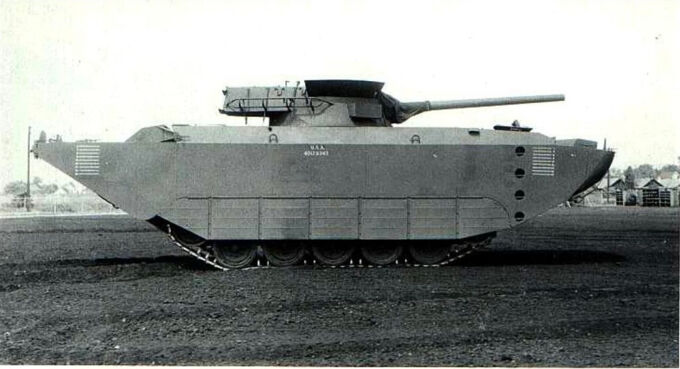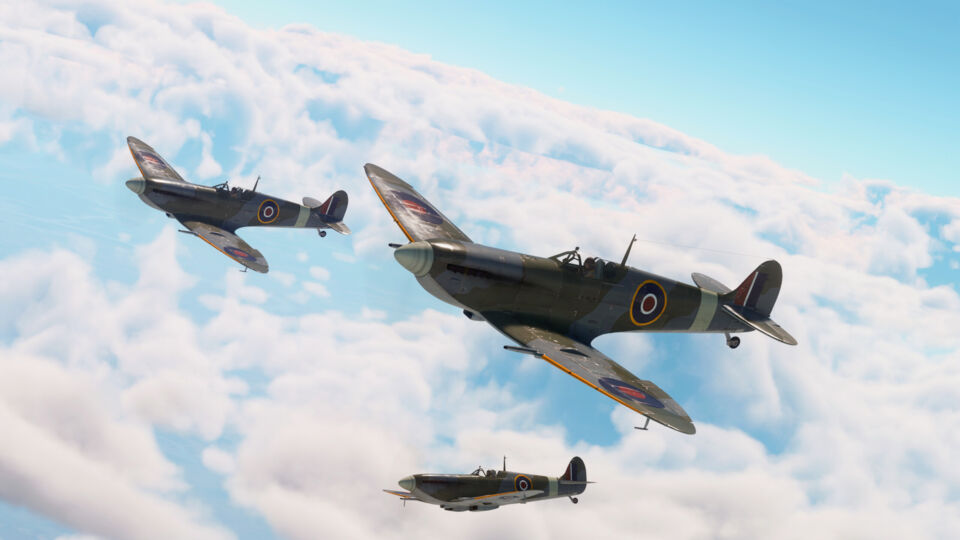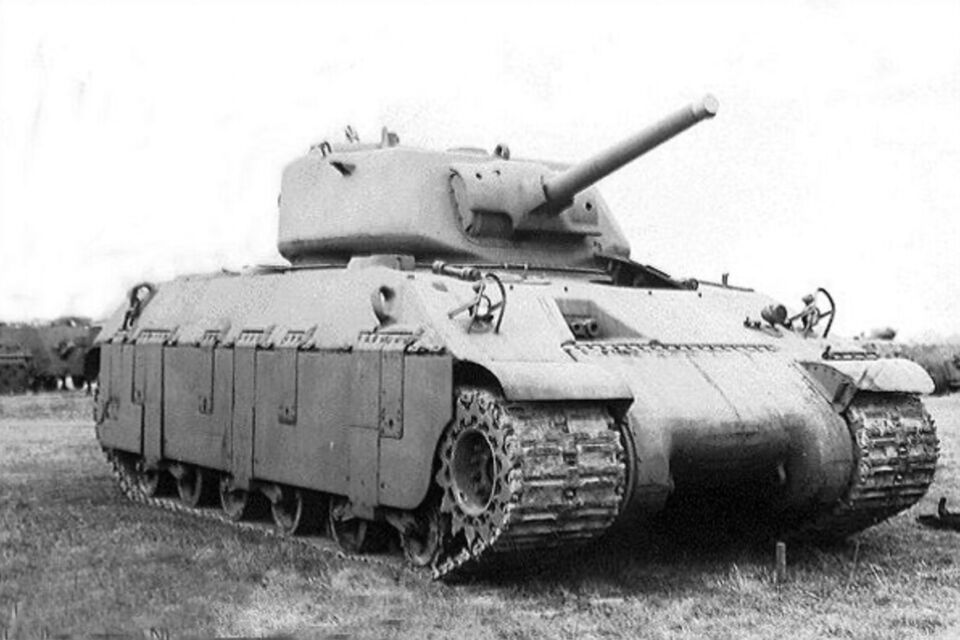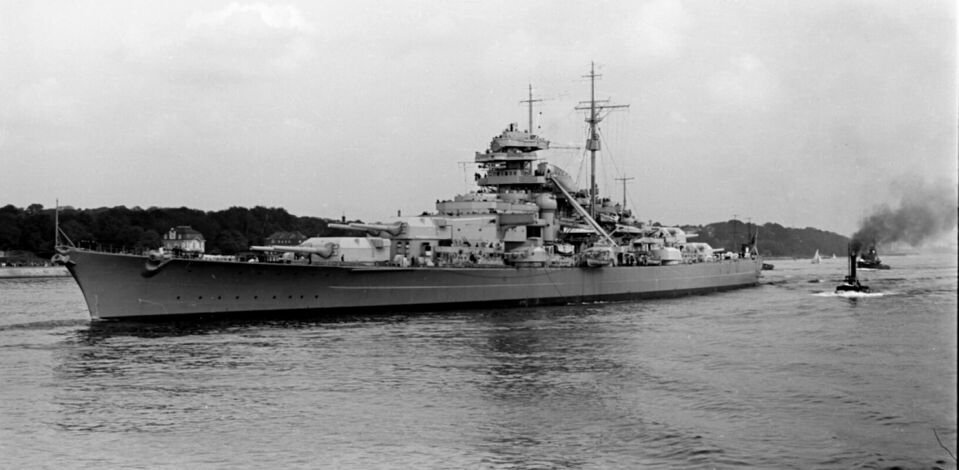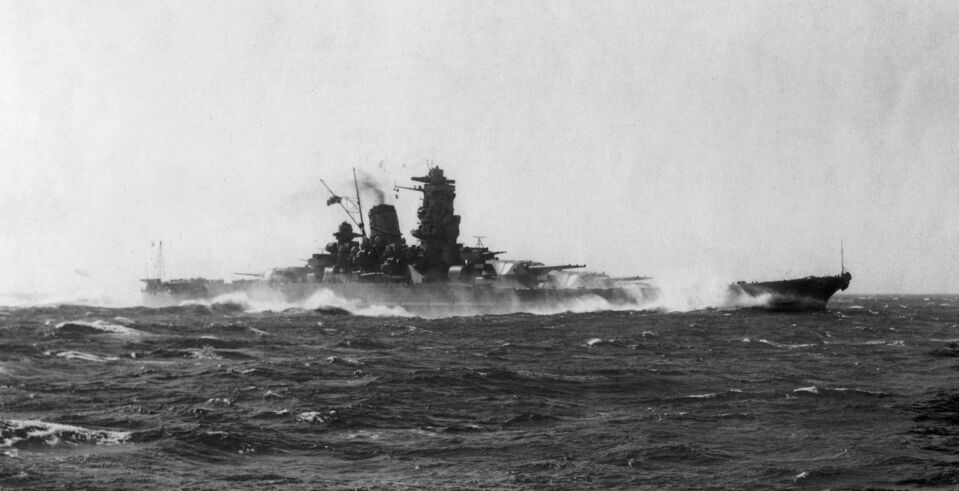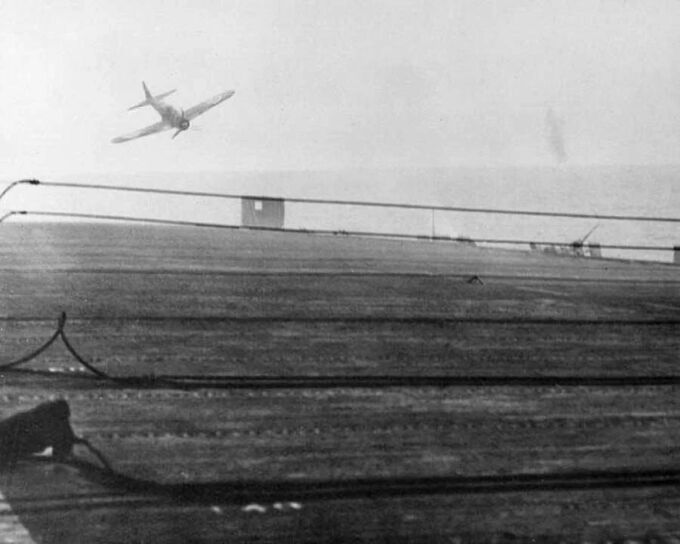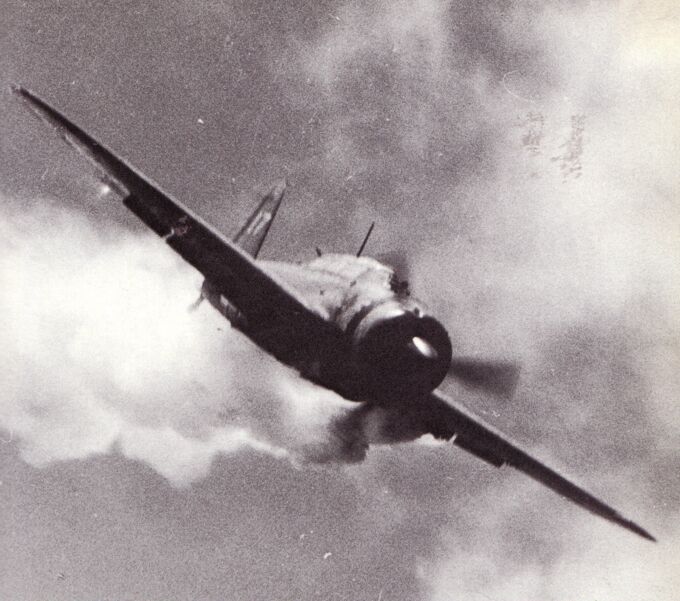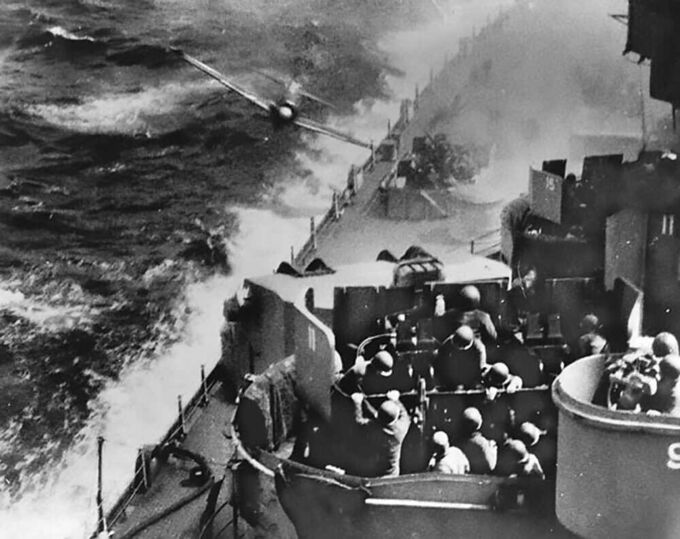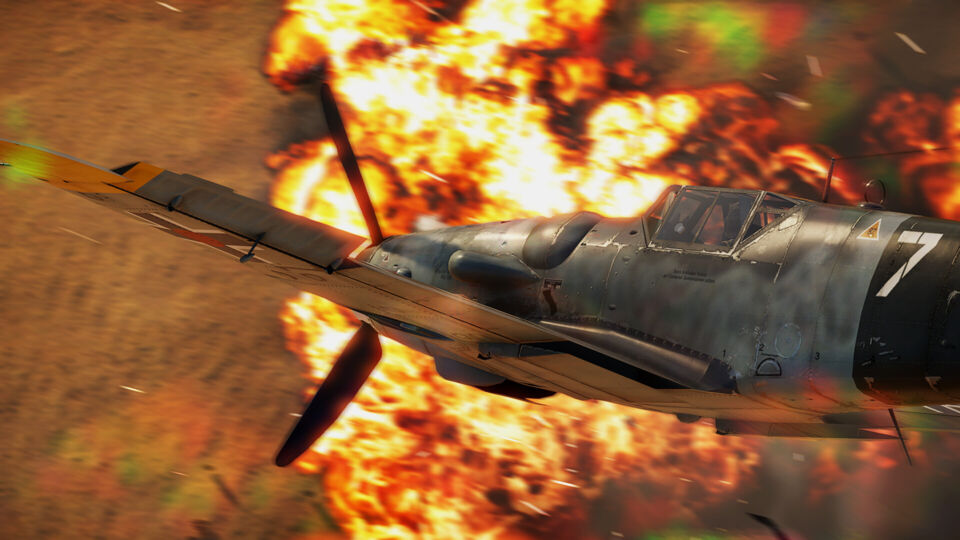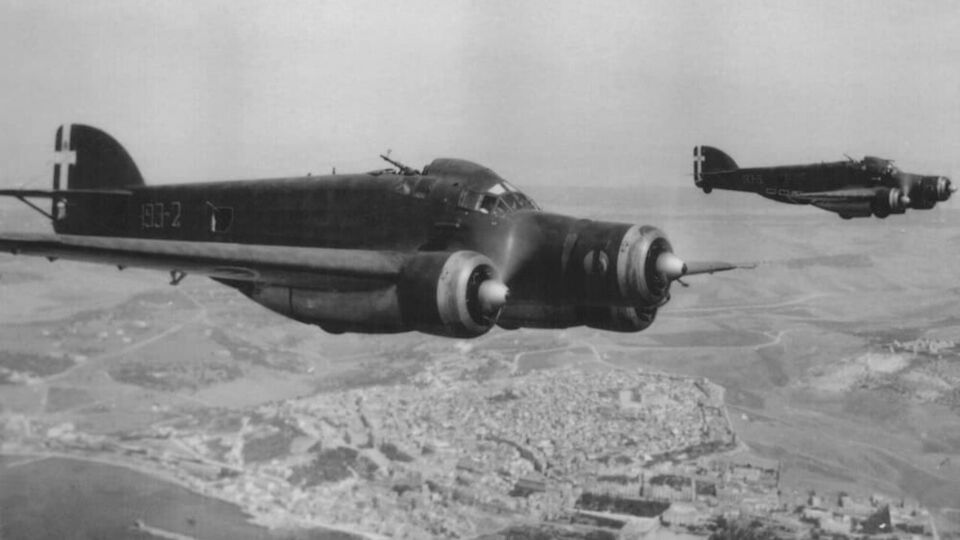#ww2
During the Second World War, there is no doubt that Germany led the world in military designs and innovations. However, in the years after the war, a near legendary status has surrounded Germany’s tanks, with names such as the Panther, Tiger I and King Tiger (and, of course, the redoubtable Maus) all coming to mind as nearly indestructable fighting machines. But was this actually the case? Were Panzers as amazing as we have been led to believe, and how have they gained such a formidable reputation?
The Supermarine Spitfire is one of the most famous propeller aircraft ever made, and easily one of the best of its time. Initially a high performance, short range interceptor, the Spitfire could be found fighting in every theatre of the World War II. In War Thunder, its high speeds, unparalleled maneuverability, and heavy armament make it a pleasure to fly and a force to be reckoned with. In this article, I will be talking about the two main types of Spitfires, their strengths and weaknesses, as well as tactics, how to fight common enemies, and how to use this plane in battles.
The T14 was a heavy tank that was the result of a joint American and British project aimed at developing a universal heavy infantry tank. The United States built two prototypes, one of which was sent to Great Britain for testing and the other was tested in the United States. They never entered serial production and never saw combat.
The Battleship Bismarck is without a doubt the most iconic vessel ever built by the German Navy. Measuring an impressive 250.5 meters (822 feet) in length and 36 meters (118 feet) in width, with a maximum displacement of over 50,000 tons, it carried a crew of more than 2,000 sailors. Armed with eight 380 mm (15-inch) main guns and protected by heavy armor, the Bismarck was regarded as the most powerful battleship afloat at the time of its launch. She was also the lead ship of the Bismarck-class and, along with her sister ship Tirpitz, the largest German battleship ever.
The Yamato-class battleships were two Japanese battleships, Yamato (大和) and Musashi (武蔵), constructed during World War II and operated by the Imperial Japanese Navy (IJN). They were armed with nine 46 cm naval guns and over 150 anti-aircraft guns, and had a displacement of more than 72,000 tons, making them the largest and most powerfully armed battleships in history. While the Yamato and Musashi had a truly stupendous level of firepower and armor, both ships met their fates at the hands of American carrier aircraft and never participated in the massive battleship-on-battleship engagements that they were designed for.
Kamikaze (神風 “divine wind”) was a military tactic used in the later stages of the Second World War, used by pilots of the Imperial Japanese Air Force and Naval Air Service. The tactic consisted of an aircraft loaded with explosives; the pilot would then attempt to deliberately ram the aircraft into enemy ships to inflict damage.
The Bf 109 (or Me 109) really needs no introduction. It is one of the most famous and popular aircraft of the Second World War, and the fighter with the most aerial victories ever. In my previous article, I wrote about the history of the Messer’s development. This one will focus on these fighters in War Thunder (primarily in Air RB), their performance, strengths & weaknesses, tactics, recommendations, and some fancy graphs.
Sleek, powerful, and fast, the 'Sparviero' ('Sparrowhawk') was one of the deadliest warbirds above the Mediterranean when it first entered service in the mid-'30s. However, as the Second World War started to go badly for Italy, the SM.79's shortcomings were quickly exposed by a new generation of fighters, which this aircraft’s designers had not prepared for.

